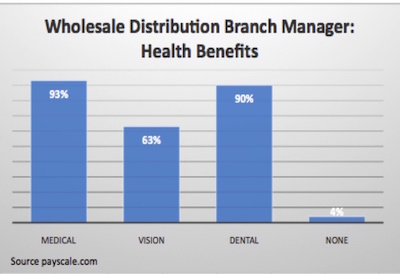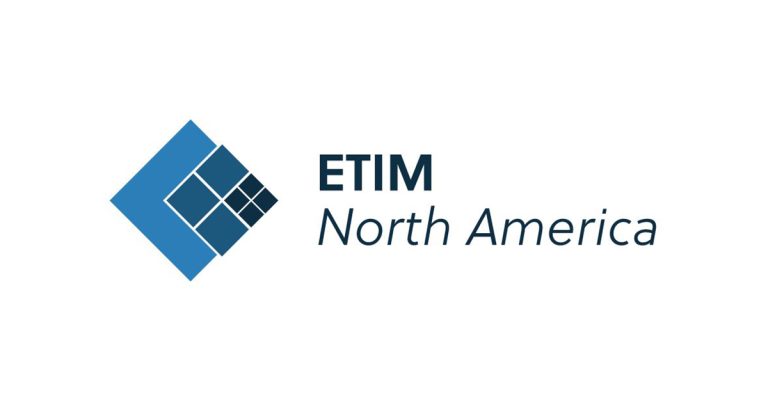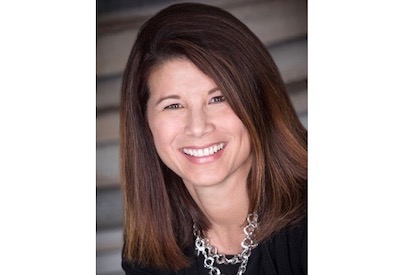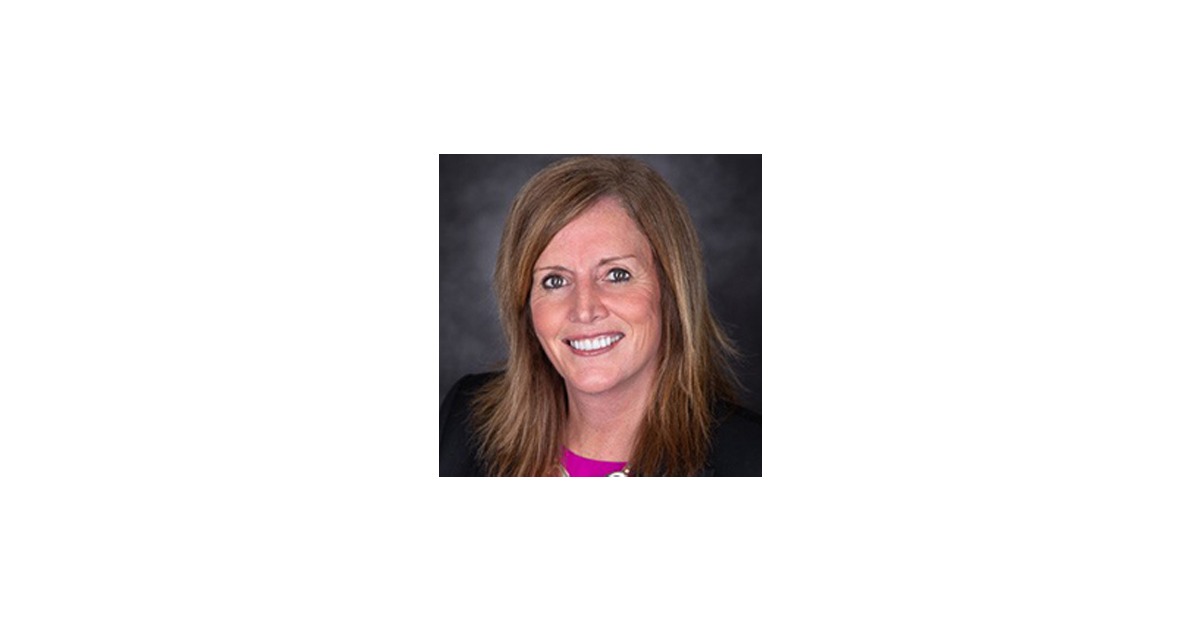Six Things Every Distributor Should Ponder

Aug 24, 2021
By Frank Hurtte
Recently I was asked to write on the post-pandemic “new normal” for IMARK Now Electrical Magazine. Specifically, I addressed how distributors could find new customers and nurture their current customers. I began the article with these half dozen thoughts I believe distributors everywhere should use to better focus their businesses:
1. Over the years, distributors have done a poor job of selecting their customers. In many instances, it is the customer who selects the distributor for reasons often unknown to the distributor.
2. The cost of bringing on a new customer, whether good or bad, is high. Doing business with the wrong customer subtracts from rather than adds to the bottom line of the distributor organization.
3. Experts tell us half of the customers’ distributors we serve to provide negative profit contribution. Our research reports similar findings.
4. Current sales teams either lack the skills or abilities to properly prospect for new customers.
5. Research indicates our customers are online and 89% of B2B customers use the internet to find products early in their buying decisions.
6. Industry pontiffs have said for years that it is five times easier to sell more to an existing customer than to identify and develop a new customer. The internet may change this, but research is lacking.
So, what is the simple advice tied to these thoughts? Figure out which customers really contribute to the bottom line.
First, distributors need to understand who the good profit-generating customers are, keeping in mind that most do not fall in this category. Profit generation cannot be measured in gross margin dollars or percentages. Instead, some real analysis is needed. The equation involves the number and size of orders/invoices, types of products purchased, service demands of the customer, and payment history.
Customers who do not generate a profit are an issue. Back in the old days, I heard a distributor announce he was “terminating” all the unprofitable customers. He even held a meeting to let the unprofitable folks know they were being fired. I cannot recall if he served them snacks and beer at the meeting. Either way, I am not recommending that action.
For the unprofitable, some tools allow the distributor to take costs out of the system. Serving these customers electronically — via a webstore — makes sense. Similarly, increasing prices for these customers can offset some of the profitability drains. One distributor reported they are now charging some of these negative profit customers for things like expedites, handling, and assigning a fee if the customer requires a special order from a vendor who is not one of their key partners. I like that idea.
For customers who require more service than their gross margin covers, why not migrate them to services tied to a fee? If they choose to go elsewhere for their service, you will be able to better serve the customers who do contribute to your bottom line.
Finally, when it comes to customers, salespeople rarely know who the “good ones” are. This is a management-driven task. Data are your friends.
Do everything in your power to retain the best profit generators
Not only should you strive to outperform your competitors today, but you also need to understand these customers’ future direction. We call this distributor R&D. Typically, this is done with a management-to-management meeting.
Why do we stress upper-level conversations? First, the lower-level contacts your salespeople know the best are usually not privy to the longer-range plans. For instance, would the head of the customer’s panel shop know the company was interested in outsourcing the panel business? Secondly, salespeople often suffer from not knowing when to listen and when to sell. When you start selling to a company president, VP, or plant manager, the conversation ends quickly, and great information does not flow. Finally, the top management of your customers knows where the company is heading in the future.
Distributors need time to prepare for the future, especially when the information from one of your best customers indicates a plan to invest heavily in a new technology that is outside of your current expertise. Further, the existing and potentially long-running worker shortage drives customer needs tied to the outsourcing process and bits of their manufacturing needs. If the customer needs a service, it may take you time and effort to evaluate and respond.
These new process/service things are not the kind of commitments a salesperson can easily make. They often require investments of both financial and human capital well before revenue begins. While no reasonable person would expect an instant decision or commitment, managers are in a better position to ask the kind of questions needed for a decision.
A final thought — data are important in distribution
For eons distributors measured customers on two points: sales volume and gross margin. While any metric is better than no metric, these two points do not tell the full story. Years ago, my company decided to do an activity-based costing model for our customers. The results changed the way our team thought about customers.
For example, our highest profitability customer had a low gross margin percentage, their sales dollars were only moderately high, and they only placed orders with us four times a year. The deal was, they required almost no service, inventory, or inside sales time. Plus, they always paid early.
On the other side of the equation was a similarly sized customer with a higher gross margin percentage and slightly higher volume. They loved us and the service we provided. In fact, we were their de facto supplier for everything. The problem was they issued thousands of small orders every day and required constant attention from our technical specialists. The fact they were a profit drainer went against everything we believed — until that report.
Since this was done in the early 90s, our activity-based costing exercise took several hundred manhours. Much of the data had to be gathered manually. Today data are far more easily gathered and put into a useful format.
The point of this is data help us make better decisions. How do you gather and use your data?
Frank Hurtte is the Founding Partner of River Heights Consulting. He combines the battle scars of 28 years of front line “in the trenches” experience with over 13 years of service to knowledge-based distributors and their manufacturer partners. Email or call today to make these virus-driven times work for you: www.RiverHeightsConsulting.com.











